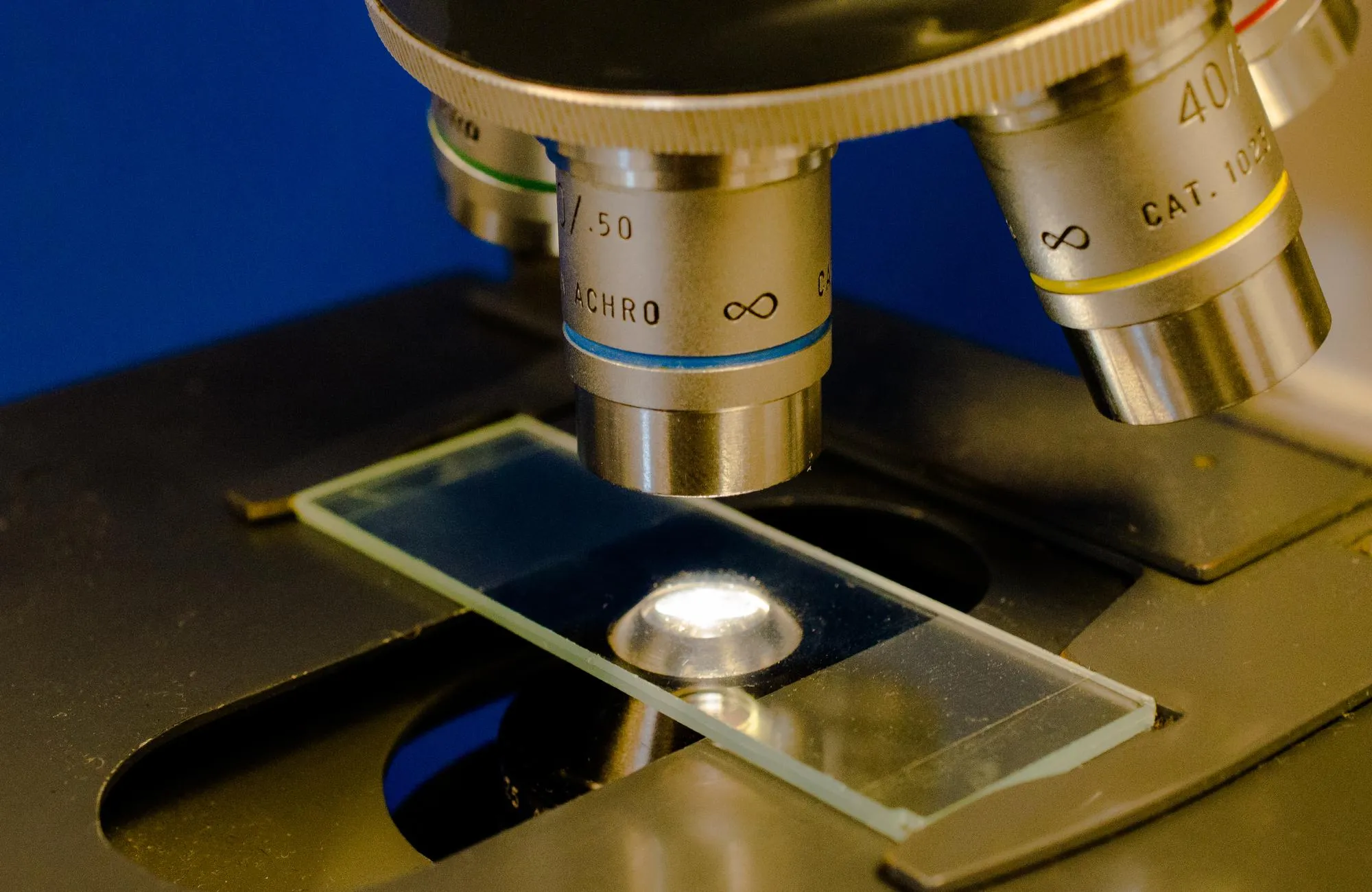Scientists from the Vellore Institute of Technology in India and the Illinois Institute of Technology in the United States have developed a groundbreaking thiophene-linked terpyridine based phenanthridine (TPTP) chemoreceptor. This novel sensor has been optimized for the specific detection of cadmium (Cd 2+ and 3+) ions through the mechanism of intramolecular charge transfer (ICT). The research, published in the prestigious journal “Analytica Chimica Acta” on February 1, 2024 under the DOI: 10.1016/j.aca.2023.342179, breaks new ground in the realm of fluorescent probes for heavy metal ion detection.
Keywords
1. Cadmium Detection Sensor
2. Thiophene-linked Terpyridine
3. Phenanthridine Chemoreceptor
4. Intramolecular Charge Transfer (ICT)
5. Heavy Metal Ion Detection
Introduction
Cadmium, a toxic heavy metal, continues to pose severe threats to both environmental stability and human health. Chronic exposure to cadmium has been linked to various health issues, including kidney dysfunction, bone damage, and even certain forms of cancer. Traditionally, detecting low concentrations of cadmium ions in various mediums, such as biological cells and agricultural samples, has been challenging due to the lack of sensitive and selective detection methods. Addressing this challenge, a team of international chemists led by Enbanathan Saravanan from the School of Advanced Sciences at the Vellore Institute of Technology, and co-authored by Munusamy Sathishkumar, Jothi Dhanapal, Kumar Selin Manoj, and Iyer Sathiyanarayanan Kulathu, has successfully synthesized a luminescent chemoreceptor that allows for efficient identification of Cd 2+ and Cd 3+ ions.
Methodology
The groundbreaking TPTP sensor developed by this cross-continental research team operates based on intramolecular charge transfer. This pheno-menon enhances the fluorescence of the chemoreceptor in the presence of cadmium ions, allowing for visible detection. The sensor’s selectivity is notably high for cadmium ions, reducing cross-reactivity with other metal ions, which has been a long-standing issue in analytical chemistry concerning heavy metal detection.
Experimentally, the TPTP chemoreceptor was tested in various scenarios, including in the presence of HeLa cells and in rice samples, which are both relevant mediums for cadmium contamination assessment. The sensor’s efficacy was measured against various controls, indicating a high degree of precision and reliability.
Results
The published findings in “Analytica Chimica Acta” reveal that the TPTP sensor outperforms existing sensors both in terms of sensitivity and selectivity. Its luminescent properties make it exceedingly useful for the non-destructive analysis of cadmium levels in a variety of samples, including biological ones. The sensor not only provides a precise quantification of cadmium ions but does so with the simplicity and efficiency required for use in the field.
The implications of this research for public health are substantial as the TPTP sensor enables early detection of cadmium contamination in food sources, such as rice, which is a staple diet for a significant portion of the world’s population. Additionally, its applications in monitoring environmental pollution and aiding in bioremediation efforts present a potent tool in combating the impact of heavy metal contamination.
Discussion
The study underscores the importance of developing selective sensors that can specifically hone in on target ions like Cd 2+ and Cd 3+. Prior to this development, the ability to isolate cadmium ions without interference from other ion species was limited. With the TPTP sensor, however, researchers and public health officials can now accurately measure cadmium levels in complex sample matrices.
Furthermore, the simplicity of the TPTP sensor system circumvents the need for expensive and sophisticated laboratory equipment, making it an accessible solution for rapid field testing. The researchers emphasize that the adoption of such technology can significantly improve real-time monitoring and management strategies for heavy metal contamination.
References
1. Saravanan, Enbanathan, et al. “A thiophene-linked terpyridine based phenanthridine chemoreceptor for Cd 2+.” Analytica Chimica Acta 1288 (2024): 342179. DOI: 10.1016/j.aca.2023.342179
2. Hare, D. J., et al. (2012). “New fluorescence methods for trace metal analysis in complex biological and environmental matrices.” Analytical and Bioanalytical Chemistry, 403(6), 1451-1464.
3. Kim, H. N., et al. (2011). “A highly selective chemosensor for the rapid detection of Cd 2+ ions in aqueous media and living cells.” Chemical Communications, 47(37), 10347-10349.
4. Singh, K., et al. (2015). “Designing fluorescent probes for selective metal ion recognition: Current status and future challenges.” Coordination Chemistry Reviews, 284, 206-235.
5. Zhou, Z., et al. (2014). “Development of fluorescent and colorimetric chemosensors for the detection of cadmium.” Science China Chemistry, 57(6), 808-815.
Declaration of Competing Interest
The authors of the study have declared that there are no known competing financial interests or personal relationships that could have appeared to influence the work reported in this paper.
Conclusion
The advent of this novel TPTP sensor signifies a major breakthrough in the environmental and biological monitoring of cadmium ions. The development promises to revolutionize the way cadmium contamination is detected and managed, with broad implications for public health, agriculture, and environmental protection. The study published in “Analytica Chimica Acta” is a testament to the power of cross-disciplinary collaboration in solving some of the most pressing scientific and environmental issues of our time. Hopefully, the sensor can be quickly deployed and utilized to prevent the hazardous effects of cadmium exposure in populations across the globe.
